Onboarding is one of the most critical parts of your software experience. It’s the bridge between a user signing up or logging in for the first time and finding real value. When done well, it sets the stage for long-term engagement, satisfaction, and retention.
But effective user onboarding doesn’t happen by accident. It requires thoughtful design, contextual delivery, and a commitment to continuous improvement. Not sure where to start? These six principles will help you build an onboarding strategy that drives real business impact and ensures every user is successful from day one.
1. Meet users where they are
Instead of making users seek out onboarding materials or hosting one-off training sessions, it’s most effective to deliver onboarding where your users already are: inside your software.
With in-app onboarding, teams can provide contextual information as users navigate the product, helping them set up their accounts, take key first steps, and understand your software’s value as soon as possible. It’s also best to use a variety of formats—like a single-page onboarding welcome message, a full interactive walkthrough, and tooltips that provide additional, ongoing context.
Meeting users where they are also means respecting their time and skill level. For example, you might give advanced users a way to skip ahead and offer beginners more detailed onboarding support.
Pendo pro tip: Use Pendo Orchestrate to engage with new users via email and encourage them to log into the product, where they’ll be met with personalized in-app onboarding. See Orchestrate in action with a self-guided tour.
2. Focus on value, not features
Too often, onboarding becomes a feature tour that overwhelms users with options, rather than guiding them to value. Effective in-app onboarding shifts the focus from what your product can do to how it helps users succeed. This might mean walking users through a specific workflow that is foundational to using your software, like setting up their profile or creating their first report.
When users quickly experience the value your product provides, they’re more likely to stay engaged and explore further. Instead of pointing out every feature, center your onboarding experience around the functionality and tasks that will expedite time to value.
A product analytics tool can help you determine what these features are, for example by identifying which ones are used by customers with high retention rates.
Pendo pro tip: Use Pendo Analytics to identify the features and workflows that are used by customers with high retention rates. You can also segment usage data by sentiment to spot any patterns among your NPS promoters.
3. Use data to drive your strategy
In addition to using data to inform the content of your onboarding experience, it’s also important to use data to track onboarding performance. This helps you understand where users are getting stuck, what content is resonating, and which experiences lead to long-term success. For example, if usage data shows that most users skip a specific step or abandon onboarding halfway through, that’s a sign it may be too complex.
Here are some metrics that will help you understand how users are engaging with your onboarding content:
- Guide views: Compare the number of users who viewed your onboarding in-app guides with the number of users you targeted.
- Guide step completion: If you have onboarding walkthroughs, look at your guide step completion to see if users are completing the entire walkthrough, or if there is drop off after a certain number of steps.
- Time in guide: The amount of time users spend with an in-app guide is a good indicator of whether or not they’re finding value in it.
You’ll also want to know if onboarding is having a positive impact on how customers use the product longer term. Ideally, usage has increased (and remains steady over time) for the features and workflows you introduced new users to.
Pendo pro tip: Use a Funnel to measure how (or whether) new users move through a workflow that was introduced during onboarding. If completion rates are low, you may need to tweak the onboarding experience.
4. Personalize whenever possible
Your users aren’t all the same, so their onboarding experiences shouldn’t be either. Personalization helps make onboarding feel relevant and tailored, helping to increase engagement and speed up time to value.
This can be as simple as asking users what they want to accomplish in your product when they first log in, and adjusting the onboarding path accordingly. It can also involve using known metadata—like user role, company size, or industry—to dynamically serve different onboarding guides or checklists. Personalization not only improves the experience for each user, but also reduces unnecessary friction and confusion by removing irrelevant content.
Pendo pro tip: Use Segments in Pendo to tailor in-app onboarding to different groups of users, for example people with different roles or jobs to be done in your software.
5. Iterate over time
Just like other areas of product development, onboarding requires continuous testing and iteration. Teams should consistently measure onboarding performance and test different flows, messages, and formats in order to deliver the best possible experience for new users. This might mean shortening a walkthrough that’s underperforming, adding a new tooltip where users consistently get stuck, or reworking an onboarding checklist to better reflect user goals.
As your product evolves, your onboarding should, too—new features, updated interfaces, or shifts in customer behavior all require updates to in-app onboarding flows.
Pendo pro tip: Use Guide Metrics in Pendo to easily track guide views, guide step completion, and time in guide for your in-app onboarding content. This data will help you understand which guides are resonating, and which might need some refinement.
6. Provide on-demand help
No matter how well-designed your onboarding is, some users will skip it, forget parts of it, or run into questions later. That’s why providing persistent, on-demand training materials inside your software is critical.
This way, users can access helpful content (like tutorials, guides, or FAQs) without needing to leave the product and disrupt their workflow. Embedding a help center, resource hub, or contextual tooltips that users can revisit extends the life of your onboarding experience—and reduces the reliance on your support team.
Pendo pro tip: Use the Pendo Resource Center to house onboarding walkthroughs and tutorials (among other helpful resources) for users to access at any time.
Pendo helps teams build a scalable, data-driven approach to in-app onboarding that drives adoption and increases retention. Get a demo to see it in action.
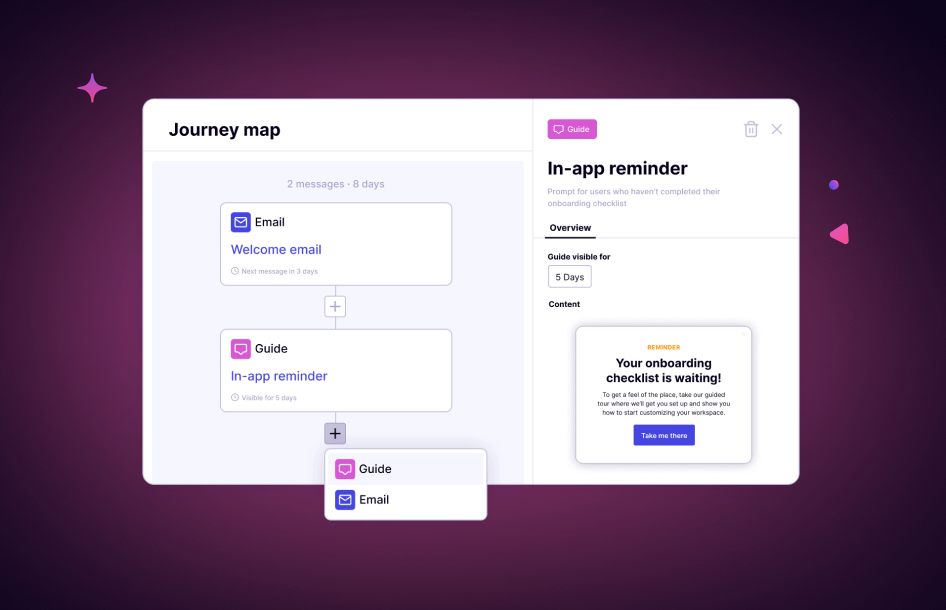
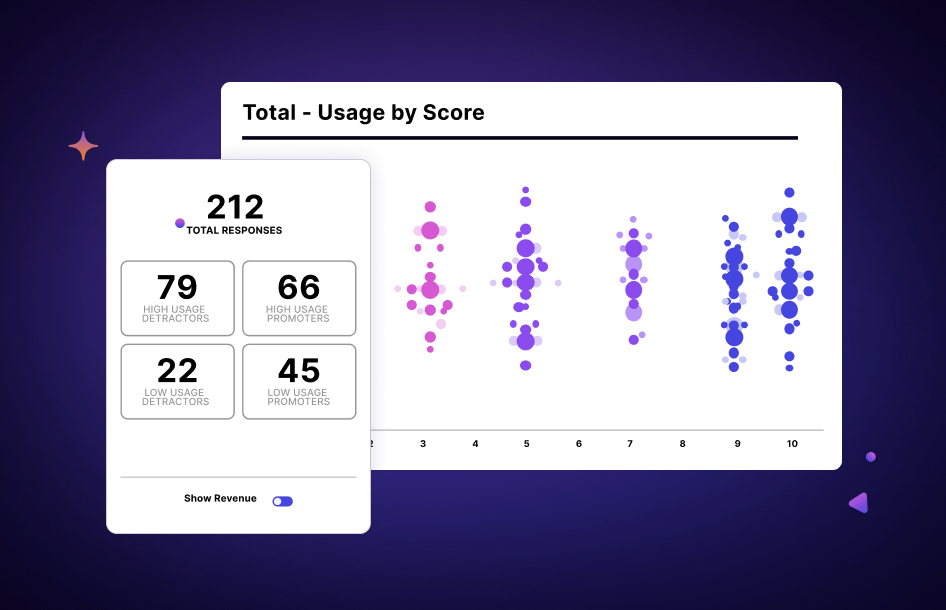
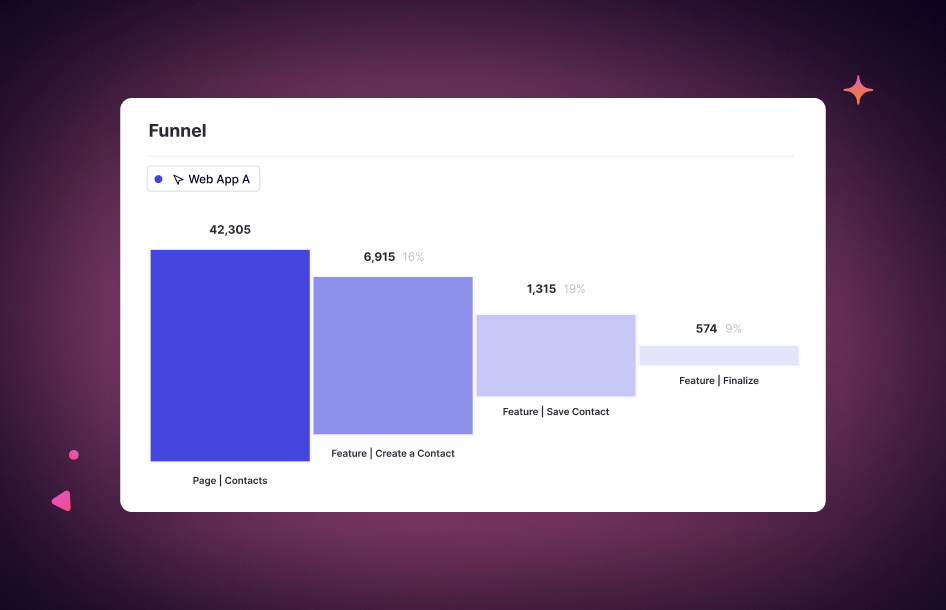
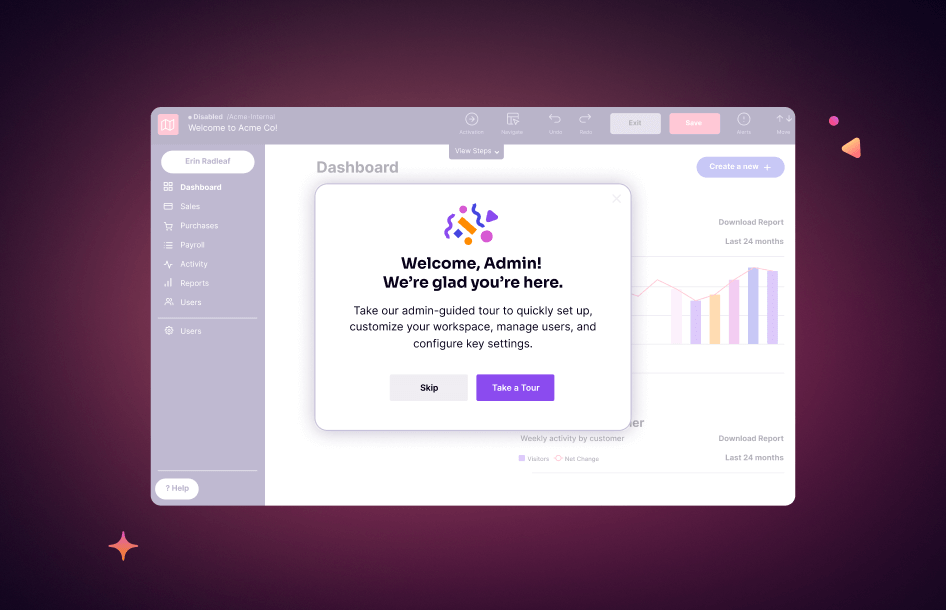
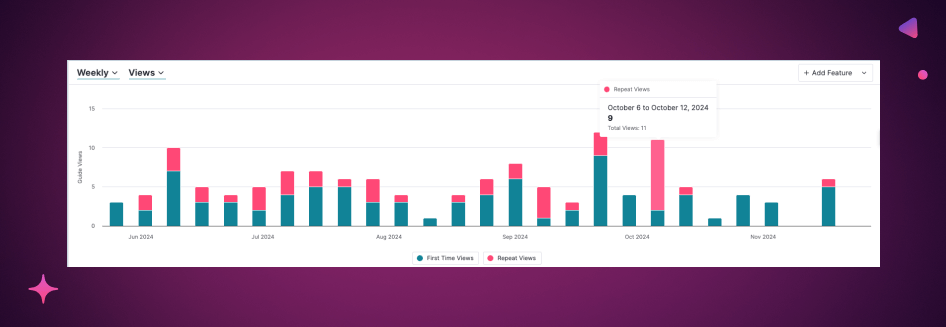
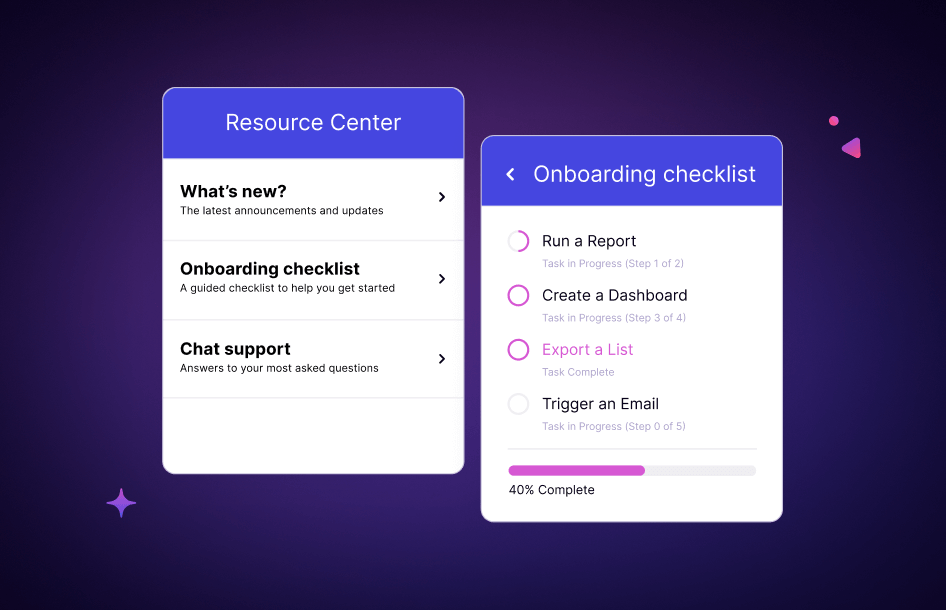
![[object Object]](https://cdn.builder.io/api/v1/image/assets%2F6a96e08774184353b3aa88032e406411%2F39f3ccde352b460cbf348ccc952054cd?format=webp)



